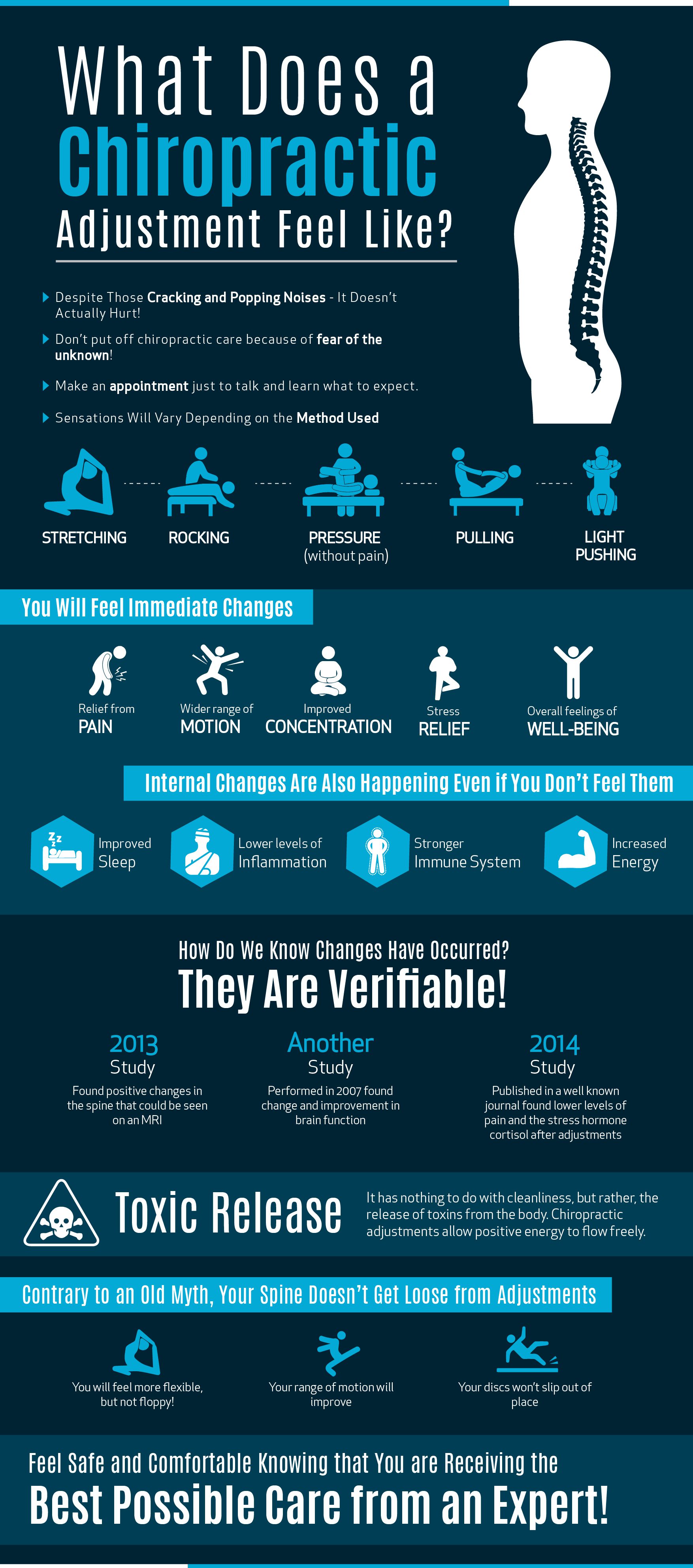Assessing Acupuncture Against Various Other Techniques For Discomfort Management
Assessing Acupuncture Against Various Other Techniques For Discomfort Management
Blog Article
Write-Up Produced By-Cohen Pollock
When you consider pain monitoring options, you could find yourself evaluating the benefits and drawbacks of various methods, consisting of acupuncture, non-prescription drugs, and physical treatment. While numerous approaches use relief, they often include their own collection of difficulties, like adverse effects or prolonged treatment times. Acupuncture sticks out for its distinct capability to promote self-regulation with fewer dangers. However how does its efficiency compare to even more traditional approaches? The subtleties of these techniques can dramatically impact your options, and exploring them additionally can cause surprising insights.
Introduction of Discomfort Management Techniques
When it involves managing discomfort, you have a range of techniques at your disposal. These approaches can range from standard methods to a lot more alternate treatments. Recognizing your options is crucial in discovering what works ideal for you.
One usual method is over-the-counter medicines like ibuprofen or acetaminophen, which can give quick alleviation for moderate to modest pain. Prescription drugs, consisting of opioids, might be essential for more extreme pain, though they include risks of reliance and negative effects.
Physical treatment is one more effective strategy, focusing on exercises and stretches to reinforce muscle mass and boost flexibility. This method frequently aids in managing chronic discomfort conditions.
Additionally, some individuals turn to more holistic choices, such as massage therapy, which can ease tension and boost flow.
Mind-body techniques, like mindfulness reflection or yoga, assist you manage pain by minimizing tension and boosting your mental resilience.
Lastly, way of life adjustments, such as preserving a healthy and balanced diet plan and regular workout, can play an essential duty in total pain monitoring. Each method has its advantages and disadvantages, so it's important to explore what fits your needs and choices best.
Conveniences of Acupuncture
Acupuncture offers a distinct method to discomfort management that stands apart among various strategies. By targeting particular factors on your body, it promotes the flow of energy, or "qi," promoting natural healing and lowering discomfort.
Among the greatest advantages is its minimal negative effects. Unlike some medications, which can lead to dependency or undesirable health issues, acupuncture is a holistic therapy that motivates your body's self-regulation.
visit the following webpage 'll likely discover that acupuncture sessions can aid ease chronic discomfort, frustrations, and even anxiety. Many people experience a feeling of relaxation and health during and after therapy, which can boost total quality of life.
And also, it's a flexible option; it can be used together with other treatments, making it a terrific complement to your existing discomfort monitoring plan.
One more considerable benefit is that acupuncture can be customized to your particular demands. Your practitioner will certainly evaluate your problem and create an individualized therapy strategy, ensuring you get the care that ideal supports your recuperation.
With its ancient roots and growing acceptance in modern-day medicine, acupuncture sticks out as a compelling option for pain relief.
Contrasting Efficiency and Outcomes
Discomfort administration methods vary commonly in their effectiveness and end results, making it crucial to comprehend how they compare to each other. When taking into click now like acupuncture, physical therapy, and medicine, you'll discover unique distinctions in exactly how each approach addresses pain.
Acupuncture, for example, frequently provides relief for chronic discomfort problems, with researches showing considerable improvements hurting degrees for lots of individuals.
In contrast, medicines like opioids can effectively take care of acute pain yet bring dangers of dependency and adverse effects.
Physical treatment concentrates on rehabilitation and might take longer to reveal results, which can be discouraging if you need instant relief.
When evaluating these methods, think of your particular discomfort type and your personal health goals. Some people discover that a mix of approaches works best for them.
For example, you might take advantage of acupuncture sessions alongside physical treatment to make best use of recuperation.
Eventually, comprehending the effectiveness and outcomes of each technique will help you make educated decisions regarding your discomfort monitoring technique, permitting you to choose the method that ideal matches your demands and lifestyle.
Conclusion
In summary, acupuncture stands apart as a useful option to traditional pain management techniques. It provides quick alleviation and cultivates self-regulation without the risks of dependency related to medications. While physical treatment might require more time for results, acupuncture can provide prompt advantages, making it an enticing choice for those looking for remedy for persistent pain and stress and anxiety. By integrating acupuncture right into your pain monitoring strategy, you can improve your overall health and recover control over your health and wellness.
